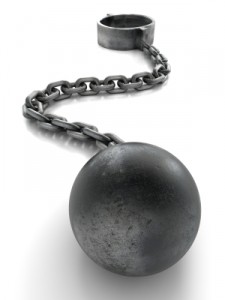 If you own a home then you probably have a mortgage. That mortgage is secured by your home which means that if you don’t pay your mortgage payment the lender can foreclose on the property. A lien is the mechanism that attaches the mortgage to the property. Without a lien a debt is unsecured, meaning the lender cannot foreclose on property but must collect from the borrower directly.
If you own a home then you probably have a mortgage. That mortgage is secured by your home which means that if you don’t pay your mortgage payment the lender can foreclose on the property. A lien is the mechanism that attaches the mortgage to the property. Without a lien a debt is unsecured, meaning the lender cannot foreclose on property but must collect from the borrower directly.
Sometimes a house is security for multiple loans. For example, a debtor may have a first mortgage and a second mortgage or a home equity loan. The lending rules in Texas are very strict regarding qualifying for second mortgages or home equity loans. For example, lenders cannot offer home equity loans unless the borrower has at least twenty percent equity in the property. Any equity above the twenty percent can be borrowed against. Lien stripping is not a common practice in Texas because of this requirement.
However, on occasion a property will decrease in value allowing a second lien to be stripped. This is how it works. If a house has two mortgages, and the first mortgage balance is greater than the value of the property, then the second mortgage is wholly unsecured. There may be a lien against the property but in reality there is no equity to attach to so the loan is unsecured.
Debtors who own homes with completely unsecured second mortgages can file Chapter 13 bankruptcy and strip the second lien. Essentially the lien is removed from the second mortgage making the mortgage a truly unsecured debt. This can be done by filing an adversary proceeding in the bankruptcy court. An adversary proceeding is a lawsuit filed in the bankruptcy court for a reason closely associated with the bankruptcy itself. If successful, the junior lien is stripped. (Continued)